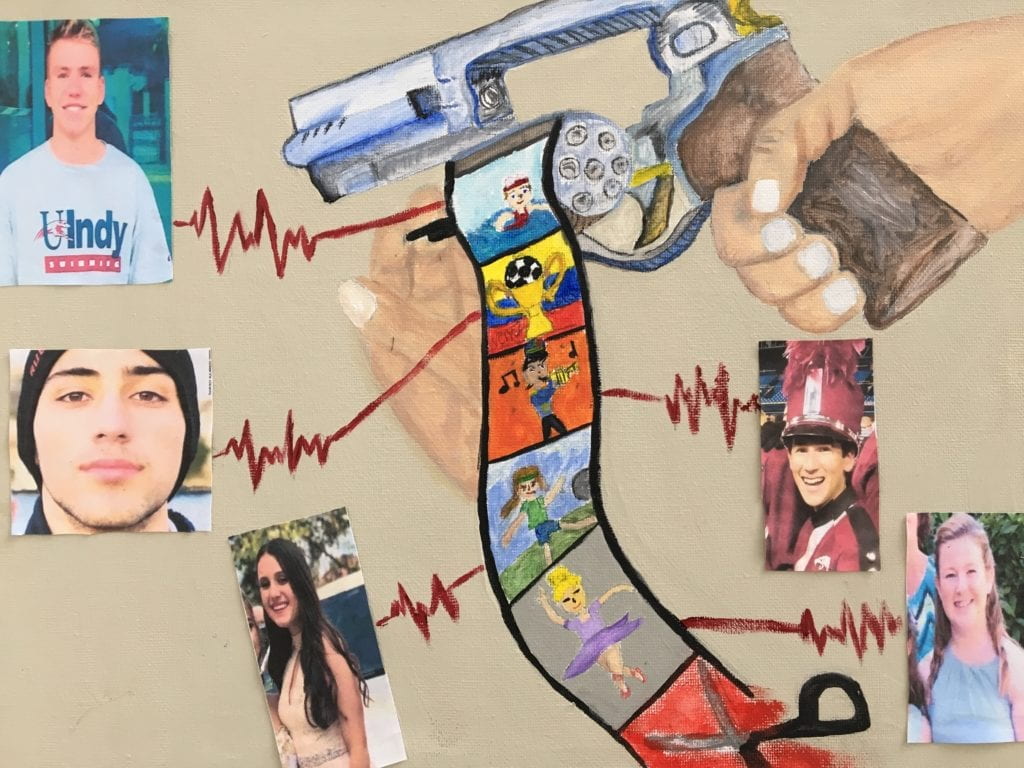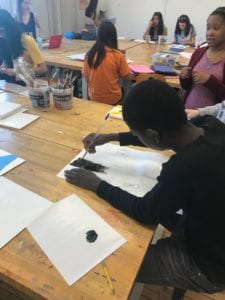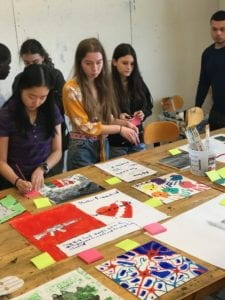
The United States has a complicated relationship with guns that has become a focus of heated debate. The U.S has the highest rate of homicide in the “developed world,” due in part to easy access to a wide range of firearms. Gun ownership is considered a constitutional right protected by the Second Amendment but mass shootings in elementary and high schools, concert venues, bars, and houses of worship are happening with increasing frequency. In 2017 the U.S. experienced a total of 346 mass shootings and 2018 numbers will likely remain as high. Artists throughout history have depicted the gun as both a fetishized object and a deadly weapon. Today, many artists are using their creative practices to participate in the debate around access to guns and the increase in gun violence. Students in this class will examine these debates connecting the work of artists with student movements and public dialogue about how and why gun violence is part of our society. The class will use art as a social justice “weapon” to change public perception and mobilize change in public policy.
In spring 2019, NYU Art+Education students Sarah Mallory and Tayllor Johnson and high school students from across the city embarked on a journey to better understand the issue of gun violence and gun control in the United States today. The class explored sub-questions such as: What is a gun? What are current gun control policies in the United States and what does the 2nd amendment say about the rights of citizens? and how will you, as an artist create artwork that promotes the change you want to see in gun control policy? Students researched and discussed topics such as mass shootings (schools, religious spaces, music venues), police brutality and connections to racism, gang violence, and gun protection and ownership by exploring the work of artists including Amanda Williams’s Chicago is Iraq series, Shaun Leonardo’s Primitive Games performance, JR’s photo mural installed in NYC The Gun Chronicles: A Story of America, and Shepard Fairey’s print: Guns and Roses.





Students studied policy documents and created black out poetry images, designed a graphic posters to represent their research, visited a public memorial created by artists, and developed their own proposal for an artwork that would speak to the issue of Gun Violence in their own words and images.

